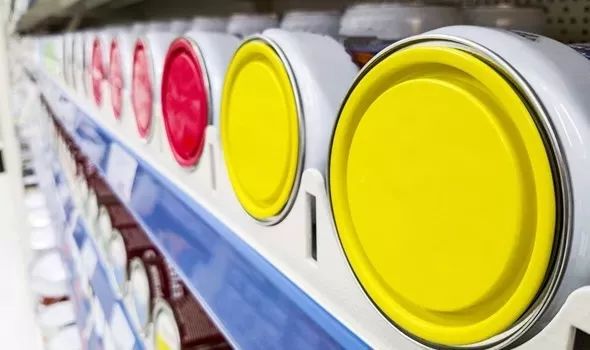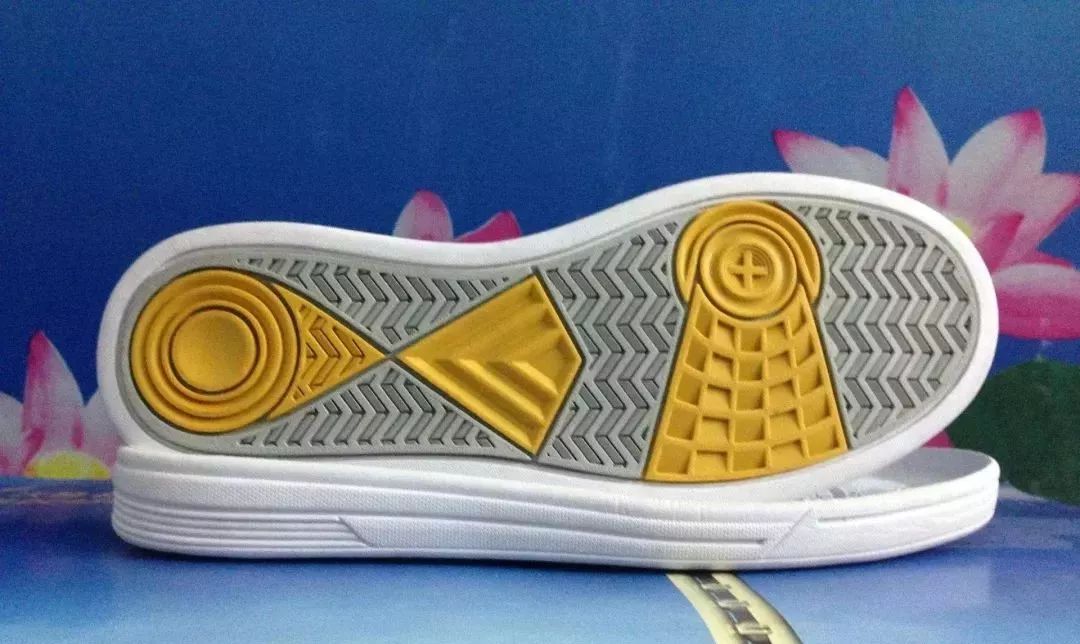1.Graft compatibilizers’ function in shoe materials
Many people will experience problems with their shoes leaking when it comes to shoe materials.It is not a problem to wear rain boots to work, especially when it rains and snows since the shoes leak and I dare not walk on the road when it is wet.Big head, why in the world is this shoe leaking?
It turns out that the degumming of the shoe materials’ joints is the main cause of the water leaking from the shoes. The composite coating glue or bonding layer of the composite surface of the shoe materials ages due to external factors like temperature, oxygen, water, acid-base salts, impurities, mechanical damage, etc. The polymer destruction, the adhesive layer cracks, and eventually results in water seepage and water leakage in the shoes.
Consequently, composite bonding is one of the crucial steps in the manufacture of shoes. It permeates every stage of shoe manufacturing, including sole bonding, vamp bonding, insole bonding, etc. The ability of hot melt adhesives to bind is crucial.

The shoe business makes extensive use of hot-melt adhesives due to their low VOC levels, environmental protection, and ease of manufacturing. The grafted phase with strong polarity and high peel strength is the main component that influences how well hot-melt adhesives bind. Toner.
Both graft compatibilizers and the monomers employed in grafting come in a wide variety of forms. Maleic anhydride (MAH), glycidyl methacrylate (GMA), styrene (St), methyl methacrylate (MMA), butyl acrylate (BA), acrylic acid (AA), epoxy resin, oxazoline, and others are some of the most often utilized ones. The premise behind these compatibilizers—which differ only in monomers—is the same: introduce free radicals into a combination of monomers and polyolefins. Grafting reaction is possible.
Because of the maleic anhydride monomer, which gives the maleic anhydride (MAH) graft compatibilizer its highest polarity, it is the most polar among them. As a result, it is also the most popular, and is frequently used in shoe materials. several applications.
The hot melt glue has a stronger peel strength thanks to the use of a potent polar maleic anhydride graft compatibilizer. In addition to altering the mechanical and rheological properties of the bonding layer, an increase in the polymer’s polarity can increase the interaction force between the molecules at the bonding interface, improve the conditions for interface bonding, and increase the interface adhesion force. For instance, increasing the cohesive strength and elastic modulus, raising the glass transition temperature, raising the bulk viscosity, etc., all have a positive impact on peel strength.
Graft suitable hot melt adhesives made of various materials are chosen for the bonding of the various shoe pieces according to various temperatures. When bonding all types of soles, the hot melt glue won’t overflow, making the finished product more attractive, firm, and weather resistant. Hot-melt glue that is compatible with grafts makes the procedure easier, uses less manpower, and increases output significantly.
2.Classification of hot melt adhesives that work with grafts
EVA hot-melt adhesive film, TPU hot-melt adhesive film, PES hot-melt adhesive film, PA hot-melt adhesive film, and PO hot-melt adhesive film are the five primary kinds of hot-melt adhesives for footwear. In addition to the most popular grafted EVA, other grafted compatibilizers that can be applied are grafted POE, grafted PE, grafted SEBS, and grafted EPDM.
3. Particular use of hot melt adhesive that is suitable with grafts
The majority of the application components for grafted compatibilizer hot melt adhesive are shoe uppers, insoles, labels, foot pads, and heels.
(1) Fitting the shoe’s inside with the non-sewn upper
It is used to laminate mesh and other materials, primarily for sports shoes, and to hot-press bind leather and mesh shoe uppers using a high-frequency machine. The top doesn’t require stitching with needle and thread, and EVA is typically used in place of conventional adhesive. The feet and heels fit into insoles, PU insoles, PU soles, rubber soles, EVA soles, etc.
(2) Adhesive
The inner sole of the shoe should be nailed to the plant with the upper before the upper and inner sole are securely joined together using adhesive. The bonding process is finished once on the banding machine, and the suitable agent type hot melt glue used in the banding demands less sticking time and strong bonding strength. Most graft-compatible hot melt adhesives are carried in pre-formed strips to the upper and inner sole bonding areas, where they are heated and pressed for a brief period of time to finish the upper bonding process.
(3) Slippery soleThe majority of hot melt adhesives used in the shoe business are utilized on outsoles.
Polyester hot-melt adhesives with high crystallinity and high cohesive strength are typically employed since the outsole and the upper need a strong connection.
(4) Connecting Baotou and the main heel
The main heel and toe cap may be glued with hot-melt adhesives that are graft compatible to speed up manufacturing by doing away with the need for drying processes for solvent- and water-based adhesives. If the toe cap is soft, put the suitable hot melt glue directly onto the toe cap on the inside surface of the upper using a little extruder. There is no need to re-line it since as the hot melt glue cools, it turns into a soft toe cap.
(5) The adhesion of rubber shoes and shoe uppers
The use of graft-compatible hot-melt adhesives is a significant contributing element to the high efficiency, straight shoe materials, moisture-proof, anti-corrosion, and outstanding sanitary performance, in addition to environmental protection aspects. The dot coating method compensates for the shortcomings of gasoline adhesive and latex in these areas by keeping the cloth well-ventilated.












